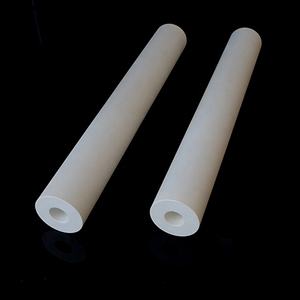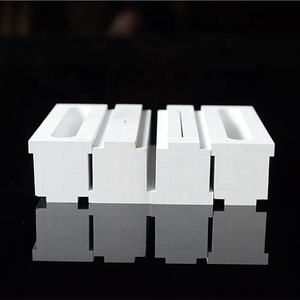Discover Premium Ceramic Products | Durability & Elegance United | Advanced Ceramics
PRODUCT PARAMETERS
Description
Introduction to Alumina Ceramics
Alumina ceramics are known for their high hardness, wear resistance, corrosion resistance, good electrical insulation and high temperature stability. According to the different alumina content, it can be divided into different grades, such as 95 porcelain, 99 porcelain, etc., among which 99 porcelain refers to ceramic materials with an alumina content of 99%. As the alumina content increases, its mechanical strength and electrical insulation properties will also increase accordingly.
Characteristics of Alumina Ceramics
High Hardness: Alumina ceramics have extremely high hardness, which makes it very wear-resistant and suitable for manufacturing abrasive tools and parts that require wear resistance.
Wear resistance: Due to its high hardness, alumina ceramics show excellent wear resistance and are suitable for manufacturing parts for long-term use.
Corrosion resistance: Alumina ceramics have good resistance to most acids and alkalis, making them widely used in the chemical industry.
Good electrical insulation: As an excellent electrical insulating material, alumina ceramics are widely used in electronic and electrical products.
High temperature stability: Ability to withstand extremely high temperatures without significant physical or chemical changes, which makes it an ideal choice for applications in high temperature environments.
Biocompatibility: In the medical field, certain grades of alumina ceramics are used to make medical devices such as artificial joints due to their good biocompatibility.
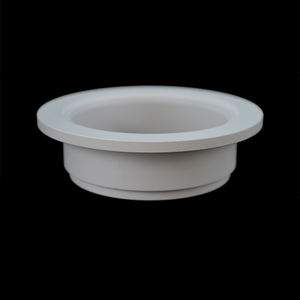
(Porous Alumina Ceramic/alumina Wear-resistant Ceramic/industrial Ceramic)
Specifications of Porous Alumina Ceramic/alumina Wear-resistant Ceramic/industrial Ceramic
Porous alumina ceramic is a high-performance product recognized for its unique structure. It contains countless small holes evenly spread throughout. These holes allow gases or liquids to go through while preserving strength. The product generally has an alumina content of 90-99%, with porosity varying from 20% to 50%. It handles temperatures up to 1600 ° C. Its solidity measures around 9 on the Mohs range. Common uses include filters for molten metals, stimulant supports, and thermal insulation parts.
Alumina wear-resistant ceramic excels in high-abrasion settings. It has an alumina content of 92-99.5%, ensuring extreme sturdiness. Its density drops in between 3.6 and 3.9 g/cm THREE. The surface area is smooth, reducing rubbing and wear. This ceramic stands up to effects and maintains stability in temperature levels approximately 1500 ° C. It is extensively utilized in mining devices, pipeline cellular linings, and machinery components exposed to hefty wear.
Industrial ceramic covers a wide variety of alumina-based solutions. These porcelains focus on chemical security, thermal resistance, and mechanical toughness. Common alumina content varies from 75% to 99.9%, depending on the application. Operating temperatures can surpass 1700 ° C in some qualities. They withstand corrosion from acids, alkalis, and molten metals. Typical applications consist of kiln furniture, semiconductor elements, and chemical activator linings.
Porous alumina ceramic deals adjustable pore dimensions, from microns to millimeters. This versatility matches particular filtering or liquid control demands. Alumina wear-resistant ceramic often includes added zirconia to enhance toughness. Industrial ceramic grades might include silica or various other oxides to maximize efficiency in rough problems.
All three ceramics share vital benefits. They are electrically shielding, non-magnetic, and biocompatible. Their low thermal expansion avoids breaking under rapid temperature level modifications. Custom shapes like tubes, plates, or facility geometries are attainable via pushing or extrusion. Surface therapies like polishing or polishing enhance performance. These products lower downtime in industrial setups by lasting longer than steels or polymers.
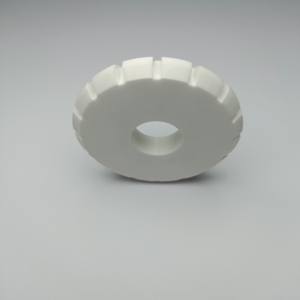
(Porous Alumina Ceramic/alumina Wear-resistant Ceramic/industrial Ceramic)
Applications of Porous Alumina Ceramic/alumina Wear-resistant Ceramic/industrial Ceramic
Porous alumina ceramic is commonly used in filtration systems. It filterings system liquids and gases in industries like drugs and food handling. The product has tiny openings that trap fragments while letting liquids pass through. It works well in high-temperature environments. This makes it suitable for applications needing warm resistance. Porous alumina is likewise made use of as a catalyst support. It holds active materials in chain reactions without damaging down.
Alumina wear-resistant ceramic secures equipment from damages caused by rubbing. It lines pipelines, pumps, and chutes in mining and cement sectors. The product is difficult and durable. It lowers wear in tools dealing with unpleasant materials like sand or crushed rock. Alumina porcelains are utilized in making parts for grinding mills. They last much longer than steel components. This cuts downtime and upkeep prices. The porcelains are additionally used in aerospace for engine parts. They stand up to severe conditions without shedding efficiency.
Industrial ceramic made from alumina serves numerous functions throughout industries. It serves as insulation in electric systems. The material does not conduct electricity and withstands high voltages. Alumina ceramics are made use of in motherboard and sensing units. They make certain dependable efficiency in electronics. In the energy sector, they coat parts of gas cells and batteries. This enhances efficiency and lifespan. Industrial porcelains are also located in medical gadgets. They are biocompatible and made use of in implants or surgical tools. Their resistance to chemicals makes them risk-free for sterilized environments.
These ceramics adapt to demanding applications. They take care of aggressive chemicals without weakening. Their stability under stress makes certain regular operation. Industries select alumina porcelains for their cost-effectiveness. The products need much less replacement gradually. Engineers trust them for essential systems. Their versatility continues to drive innovation in modern technology and production.
Company Introduction
Advanced Ceramics founded on October 17, 2014, is a high-tech enterprise committed to the research and development, production, processing, sales and technical services of ceramic relative materials and products.. Since its establishment in 2014, the company has been committed to providing customers with the best products and services, and has become a leader in the industry through continuous technological innovation and strict quality management.
Our products includes but not limited to Silicon carbide ceramic products, Boron Carbide Ceramic Products, Boron Nitride Ceramic Products, Silicon Carbide Ceramic Products, Silicon Nitride Ceramic Products, Zirconium Dioxide Ceramic Products, Quartz Products, etc. Please feel free to contact us.(nanotrun@yahoo.com)

Payment Methods
T/T, Western Union, Paypal, Credit Card etc.
Shipment Methods
By air, by sea, by express, as customers request.

5 FAQs of Porous Alumina Ceramic/alumina Wear-resistant Ceramic/industrial Ceramic
Porous alumina ceramic is a material with tiny holes. It is made from aluminum oxide. The holes let liquids and gases pass through. It is strong and handles high heat. It resists chemicals well. People use it in filters, catalysts, and insulation. It works in labs and factories.
Alumina wear-resistant ceramic is used where surfaces face friction. Mining equipment, cement mixers, and power plants use it. It lines pipes, chutes, and grinders. It is harder than steel. It lasts longer in rough conditions. This reduces downtime and repair costs.
Industrial ceramics handle tough jobs. They survive extreme heat, wear, and chemicals. They insulate electricity. They replace metals and plastics in harsh settings. Machines last longer with these ceramics. Factories save money on replacements.
Maintaining alumina ceramic parts is easy. Clean them with water or mild solvents. Avoid hitting them with hard objects. Check for cracks or chips regularly. Replace damaged pieces quickly. No oil or grease is needed. This keeps them working well.
These ceramics can be customized. Sizes and shapes match specific needs. Hole sizes and material density are adjustable. Factories test samples for quality. Custom orders take time but fit exact requirements.
People ask how porous alumina differs from regular ceramics. Porous types have controlled holes. Regular ceramics are solid. Holes make porous types lighter. They filter or absorb better.
People wonder if these ceramics break easily. They are brittle but strong under pressure. They handle compression well. Avoid sudden impacts. Proper installation prevents cracks.
Temperature limits depend on the ceramic type. Most handle 1500°C to 1700°C. Check the product details for exact numbers. Exceeding limits causes damage.
Costs vary by type and use. Porous ceramics cost more than regular ones. Wear-resistant types save money over time. Custom orders cost extra.
Buyers should share their needs with suppliers. Experts help pick the right material. Samples and tests ensure suitability. Reliable suppliers give technical support.
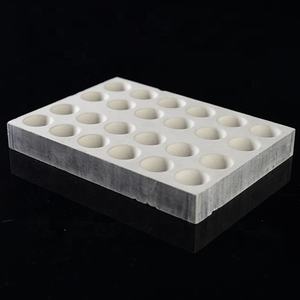
(Porous Alumina Ceramic/alumina Wear-resistant Ceramic/industrial Ceramic)
REQUEST A QUOTE
RELATED PRODUCTS
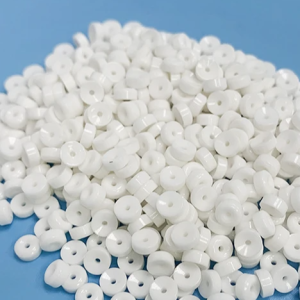
Long Service Life Materials Made of Ceramics 95 99 Al2o3 Insulator Alumina Ceramic Ring
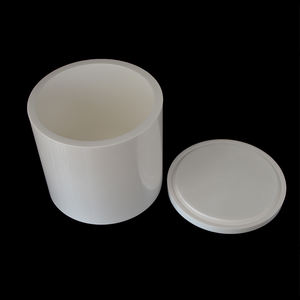
High Quality Steatite Ceramics for Industries Alumina Industrial Ceramics
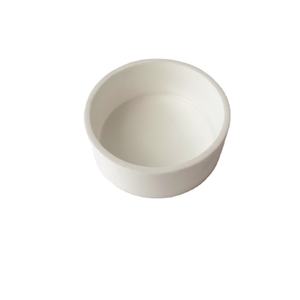
High-quality 99.7% Al2o3 Alumina Ceramic Products
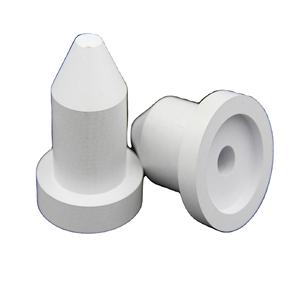
99% High Strength Alumina Ceramic Substrate
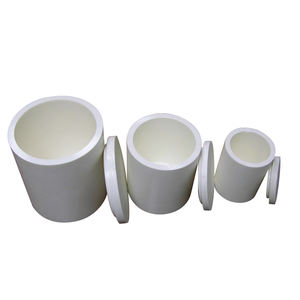
Large Diameter 99.7% Al2o3 High Alumina Ceramic Tube Factory
